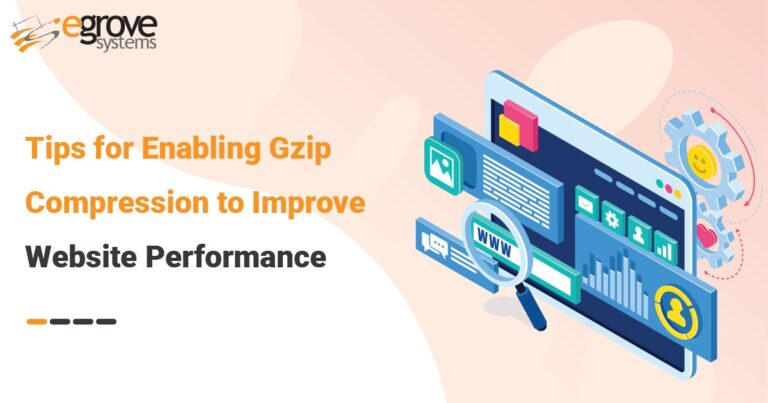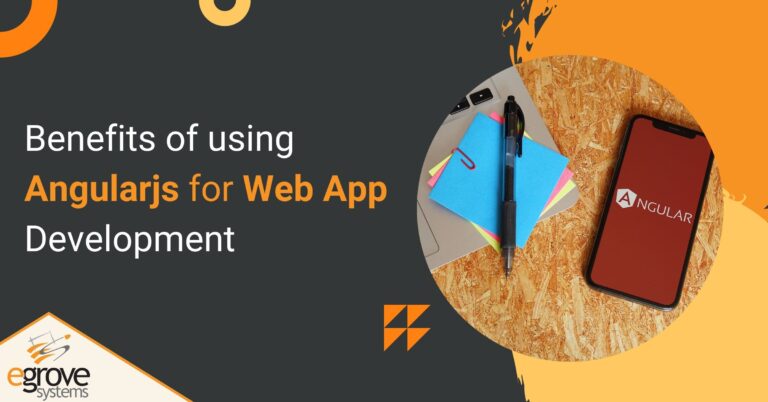The software industry witnessed revolutionary changes over the years, one of the significant being the implementation of MVC patterns during app development processes. The best thing about the MVC (Model-View-Controller) is that you can use any language to develop your application software since it is a highly-efficient architecture.
Software developers can use numerous design patterns to create a particular interface. Earlier, developers often faced challenges with coding and building business logic for an application, since the software was usually programmed in a single file. Due to a lack of proper maintenance, application testing processes were quite a task, thus reducing the application’s scalability.
However, with the innovative MVC model, application developers can easily overcome this while ensuring higher efficiency and scalability. In the following paragraphs, we will discuss the benefits of integrating MVC into your application development workforces and why you must try it out!
How Does Model-View-Controller Architecture Work?
MVC or Model-View-Controller is an architectural pattern or methodology software developers use in their application design processes. The patterns enable developers to relate the user interface efficiently to the underlying data models and to organize the application code.
The MVC architectural pattern segregates a web application’s input, output, and processing. In this pattern, the three components model, view, and controller are interconnected for higher efficiency. Software developers can design web or .net software using one or a combination of these three components.
Three Levels of MVC Pattern
As the name suggests, a Model-View-Controller pattern primarily helps to separate an application software into three major components – Model, View, and Controller. Developers can create MVC applications using models and controllers to receive requests and send information to views. Views, in turn, use the received data that controllers had prepared to produce and deliver the final output.
Here’s a brief discussion about them.
- Model:The developer will be provided with the required data at this level. The model includes structures or objects. So, the data object’s exact location will also be defined during this stage. The model is not yet aware of the views or controllers. Whenever there are some new changes requested to the model, users will be notified automatically.
- Views: It is a visual representation of the entire model, and is used to create an interface to display the actual output data to the user. An MVC view, however, cannot show anything by itself – the controller or model has to send a message to the view to display the output to the app developer.
Besides, views also manage requests received from the user and send necessary information about these requests to the controller. A view can also send appropriate messages to the model for instant updates regarding certain questions. Later, these messages and queries are sent back to the model in a language that the controller or model will understand easily.
- Controller: A controller is the main component of an MVC model, as it helps to connect the model and the view by functioning as a request manager. The controller accepts all the inputs the architecture receives and offers necessary updates. While the model manipulates the software’s rules, data, and logic, the view takes and presents necessary information from and to the user. In this framework, the controller acts as a middleman by receiving inputs from the view and sending updates to the model.
Read also:- 5 Most Important B2B Marketing Trends to Know in 2023
Benefits of Using MVC in Boosting the Efficiency of Application Development
By using a Model-View-Controller architecture, web application developers can be largely beneficial as they can close projects with higher efficiency and better outcomes. Here are the top 8 advantages of implementing MVC architectural patterns in your web app development projects.
- Quicker Development Process
When your team uses the MVC methodology, one designer can handle one section (let’s say, the view), while another developer can take care of another area (like the controller).
In this way, your developer team can complete the app development project faster on the MVC framework. Besides, it helps you to implement business logic easier, thus accelerating your development operations.
- Easy-to-Modify
MVC patterns help to enhance an application’s scalability and flexibility by allowing users to add and update new views without affecting the overall framework.
This is possible because one section works independently of the other sections, so any additions or updates in one area won’t affect the entire pattern.
- Smoother Planning and Maintenance
During the initial planning stage, the MVC model provides web developers with a brief overview of how they can organize their ideas into code.
The methodology also enables users to control code duplication, allowing easier maintenance of the software application.
- Organizes Large Applications
Although the development of large-sized applications seems complicated, you can make the process easier with the MVC pattern.
Since it separates the code into three components (model, views, and controller), you can divide and organize the application functionality into larger-sized software. Furthermore, you can also locate several code sections and also add or modify functionalities quickly.
- Provides Multiple Views
The best thing about the MVC architecture is that you can develop multiple view components since the Model is easily accessible. In this way, you can reduce code duplication by separating business logic and data.
- Supports AMI (Asynchronous Method Invocation)
The MVC pattern can work smoothly with JavaScript and its associated frameworks. Besides, it also supports Asynchronous Method Invocation (AMI), thus enabling you to develop faster-loading applications.
Hence, MVC apps can work with PDF files, desktop widgets, and site-specific browsers.
- Returns Data Without Formatting
In an MVC framework, the data sent back to the views is unformatted, allowing app developers to use their desired technologies to represent the data. Hence, it enables users to create their own view engine.
For instance, while one can format any kind of data using HTML, with the MVC architecture, on the other hand, developers can have the added advantage of formatting data using Dreamweaver or Macromedia Flash. It is a highly efficient process for developers, since they can use the same components with any desired interface.
- SEO-friendly Application Development
Using the MVC framework, you can drive more organic leads by building an SEO-friendly web application or web page. You can develop RESTful URLs with ease to drive higher traffic and generate more leads.
Conclusion
To conclude, the MVC platform can support the development of efficient, SEO-friendly web application designing processes, thus ensuring smoother a user interface. A highly functional and easy-to-navigate application brings in more traffic. So, let MVC architecture take your organization’s software development game to the next level!







